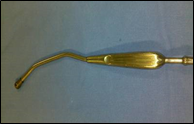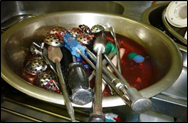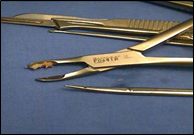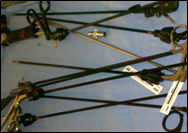Virtually all smartphones and tablet computers used by healthcare workers are contaminated with at least 1 organism, research from a German hospital shows.
“We might be transferring these pathogens to patients, increasing their risk for infection,” said investigator Romy Wendler, a medical student at Klinikum St. Georg in Leipzig, Germany.
“Nurses and physicians use their private phones while working in high-risk areas, such as in operating rooms and ICUs,” she told Medscape Medical News. “Our behaviour might be putting patients at risk because we are not thinking about good hygiene in these critical settings.”
The study results were presented here at the 16th International Congress on Infectious Diseases.
Bacterial Contamination
The objectives of the study were to assess the surfaces of smartphones and tablets for bacterial contamination, and to determine whether a 14-day intensified cleaning period would affect the subsequent burden of microbial contamination.
The entire touchscreen of each device tested was swabbed before and after the cleaning protocol was implemented. Cultures were analysed using a semi-quantitative colony-forming unit count, and bacteria were identified using classic microbiologic methods.
When the samples were evaluated at baseline, 100 of the 101 smartphones and 19 of the 20 tablets tested were positive for at least 1 pathogen. Approximately 55% of the touchscreens were contaminated with more than 1 species.
Many of the pathogens were bacteria that can cause serious infections in critically ill patients, including Staphylococcus aureus, Enterococcus, and Enterobacteriaceae. The investigators defined such pathogens as relevant.
At least 1 relevant pathogen was present on 15.8% of all smartphone screens and on 25.0% of all tablet screens. One tablet was contaminated was methicillin-resistant S aureus.
16th International Congress on Infectious Diseases (ICID): Abstract 61.014. Presented April 5, 2014.




